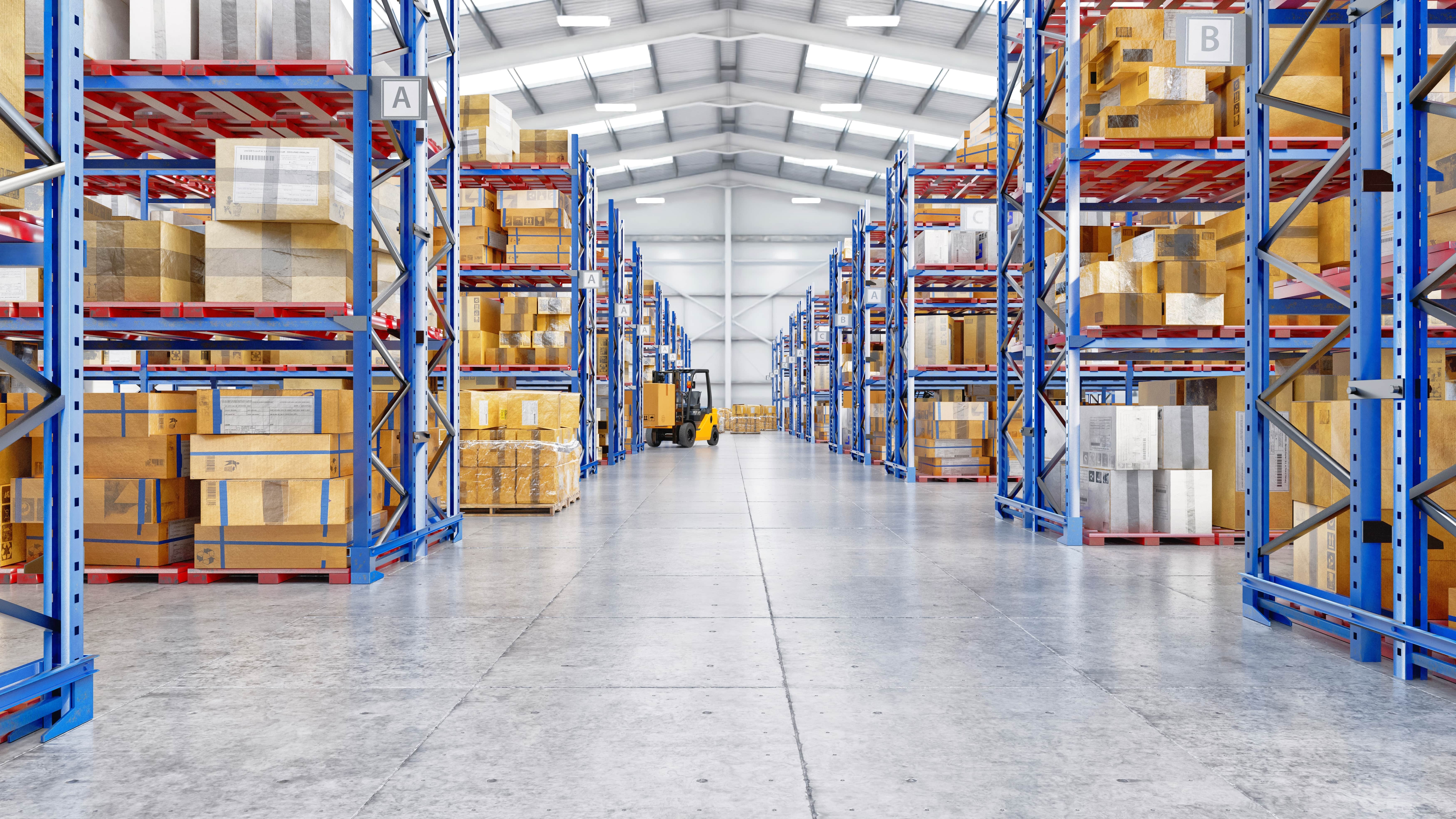Dubai’s infrastructure plans, from Al Maktoum Airport to global logistics hubs, are shaping the city into a prime investment destination. Etihad Rail, spanning 900 km and connecting all seven emirates, is set to start passenger services in 2026, with 36.5 million projected annual travelers.
More than a transport project, it’s a transformative catalyst for industrial, residential, and mixed-use growth—an opportunity, investors can capitalize on for both rental income and capital appreciation
“Accessibility creates demand, and properties located within easy reach of the new rail stations will command a premium, which we expect to be from 10 to 20 percent.” — Christopher Cina
Key Benefit
Capital Growth
Analysts forecast that properties near Al Jaddaf, Dubai South, and Emaar South may rise up to 30% as connectivity improves. Investors entering early could capture these gains before the market fully reacts.
Former precedents reinforce this phenomenon: London’s Elizabeth Line drove residential rents near its stations up by around 31% over three years, underscoring how major rail projects can directly boost property values and rental demand.
Industrial Advantage
Etihad Rail is already moving 60 million tonnes of cargo yearly and taking 5,600 truck trips off the roads daily. With Jebel Ali Port handling 15.5 million TEU containers and Dubai Airport processing 2.2 million tonnes of cargo last year, industrial properties near these logistics hubs are seeing real demand. Warehouses close to Etihad Rail stations are commanding 10–15% higher rents and capital values.
Residential and Mixed-Use Spillover
More tenants are choosing Al Jaddaf, Emaar South, and Al Furjan every day, drawn by their convenience and amenities, which is boosting rental returns.
Macro Tailwinds
The UAE’s strong fundamentals underpin this growth story:
- UAE industrial strategy and infrastructure investment support sustained demand.
- Foreign Direct Investment inflows of ~US$30.7bn in 2023 show global capital confidence.
- Dubai is expected to reach 5 million by 2030, and the city’s GDP forecast of ~6% annual growth in 2025 further strengthens housing and rental demand long-term.
Bonus Options
- Off-Plan Properties: Early entry in off-plan units along key Etihad Rail neighborhoods, such as Dubai South, offers strong ROI, with one-bedroom apartments delivering around 6–7% gross rental returns, plus expected capital appreciation.
- Vacation Property: Dubai’s tourism-driven rental economy actively attracts strong demand from tenants and investors alike, especially for centrally located property.
- Government Campaigns: The UAE's projected GDP growth of 4.4% in 2025 boosts overall real estate activity.
Growth Projection
Neighborhood | Projected Property Value Growth (2025–2028) | Projected Rent Growth | Key Drivers |
Dubai Festival City/Al Jaddaf | 20–25% | 20–23% | Major station; waterfront; retail expansion |
Dubai South (DWC) | 15–20% | 10–15% | Airport proximity; logistics corridor |
Dubai Investments Park | 15–20% | 10–12% | Industrial & warehouse activity |
Al Furjan/Emaar South | 10–15% | 8–12% | Emerging neighborhoods; expanding infrastructure |
(Source: Khaleej Times, Global property Guide)
Property Values and Rental Yield
Neighborhood | Projected Property Value Increase (%) | Projected Rental Yield Increase (%) |
Dubai Festival City/Al Jaddaf | 20–25% | 20–23% |
Dubai South (DWC) | 15–20% | 10–15% |
Dubai Investments Park | 15–20% | 10–12% |
Al Furjan/Emaar South | 10–15% | 8–12% |
(Source: The Dubai Life, Global Property Guide)
Risks
- Station Delays: Timely delivery is critical. Delays can impact investor confidence and expected returns.
- Speculative Land Pricing: Rapid land price rises along Etihad Rail neighborhoods may spur speculative buying, reducing returns for late investors, as new housing supply could outpace demand.
- Amenity Gaps: Short-term rentals lacking amenities close to Etihad Rail could earn lower returns.
- Regulatory Changes: Incentives, taxes, or zoning may evolve, impacting returns.
Additional Challenges
- Market Oversupply: Fitch Ratings projects up to a 15% price correction in 2025–2026, as 210,000 new housing units come online.
- Interest Rate Cuts: The UAE base rate of 4.15% influences borrowing costs and investor strategies.
Strategic Investment: Framework
- Spread your investments across off-plan developments, logistics, and hospitality properties to reduce risk and maximize returns.
- Target properties near confirmed Etihad Rail stations for enhanced appreciation potential upon connectivity completion.
- Time market entry during government infrastructure announcements and supply constraint periods for optimal positioning.
- Keep enough cash on hand and plan your payments around each project milestone, while taking precautions to effectively manage risks.
- Investigate the developer's previous work, validate permits, and secure completion guarantees before investing.
Conclusion
For investors, Etihad Rail presents a rare chance to capitalize on Dubai’s next growth phase. Residential properties surrounding confirmed stations are envisioned to outperform, yielding long-term capital gains. Acting early can make all the difference. Visit Chestertons MENA today to discover the most promising investment opportunities and strategic guidance tailored to this transformative project.
Originally written by the Chestertons MENA team. Explore more insights on: chestertonsmena.com
For regional industrial real estate insights, visit Chestertons MENA’s Dubai Commercial Real Estate page.


Login
Don't have an account? Sign Up
Sign Up
Already have an account? Log In